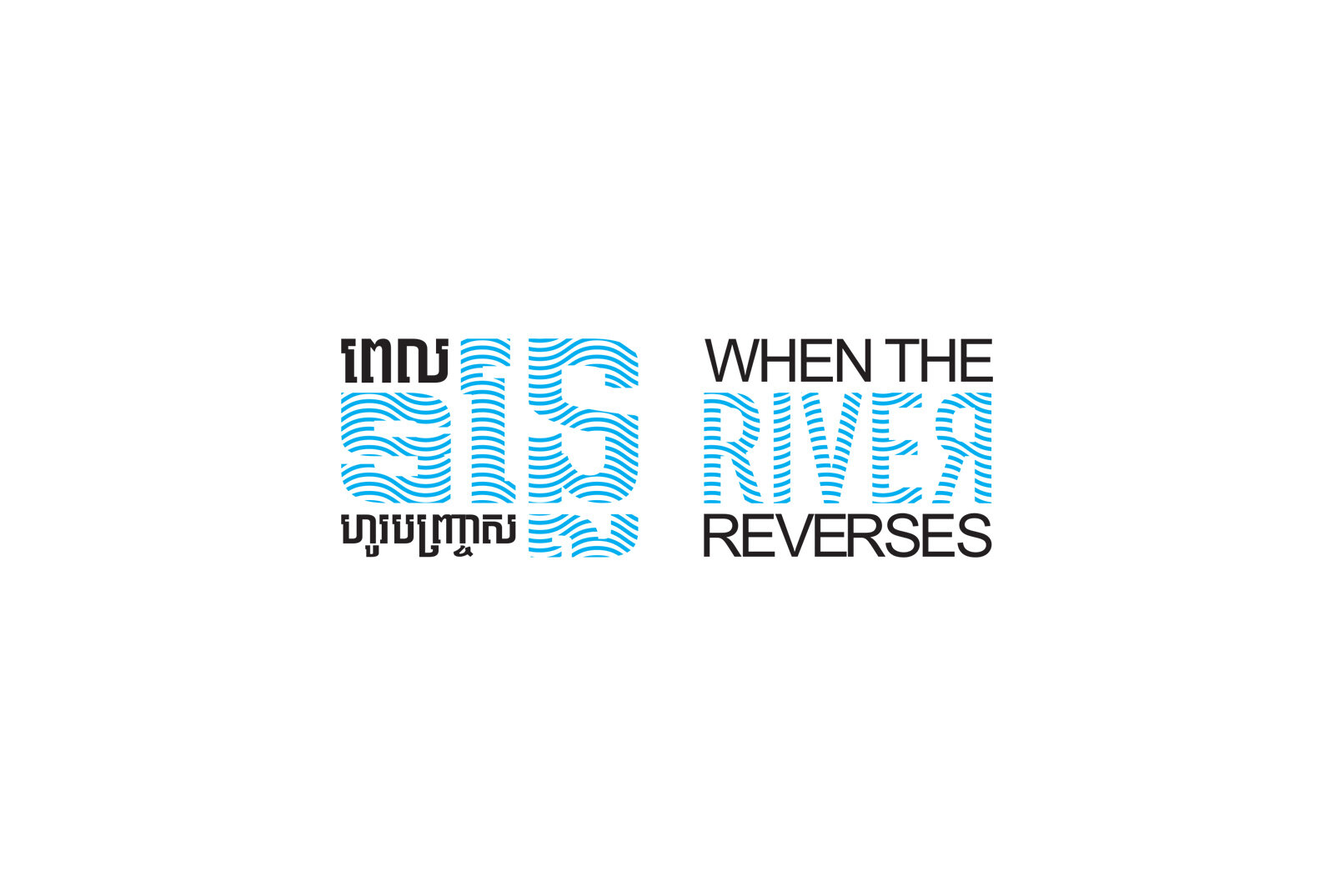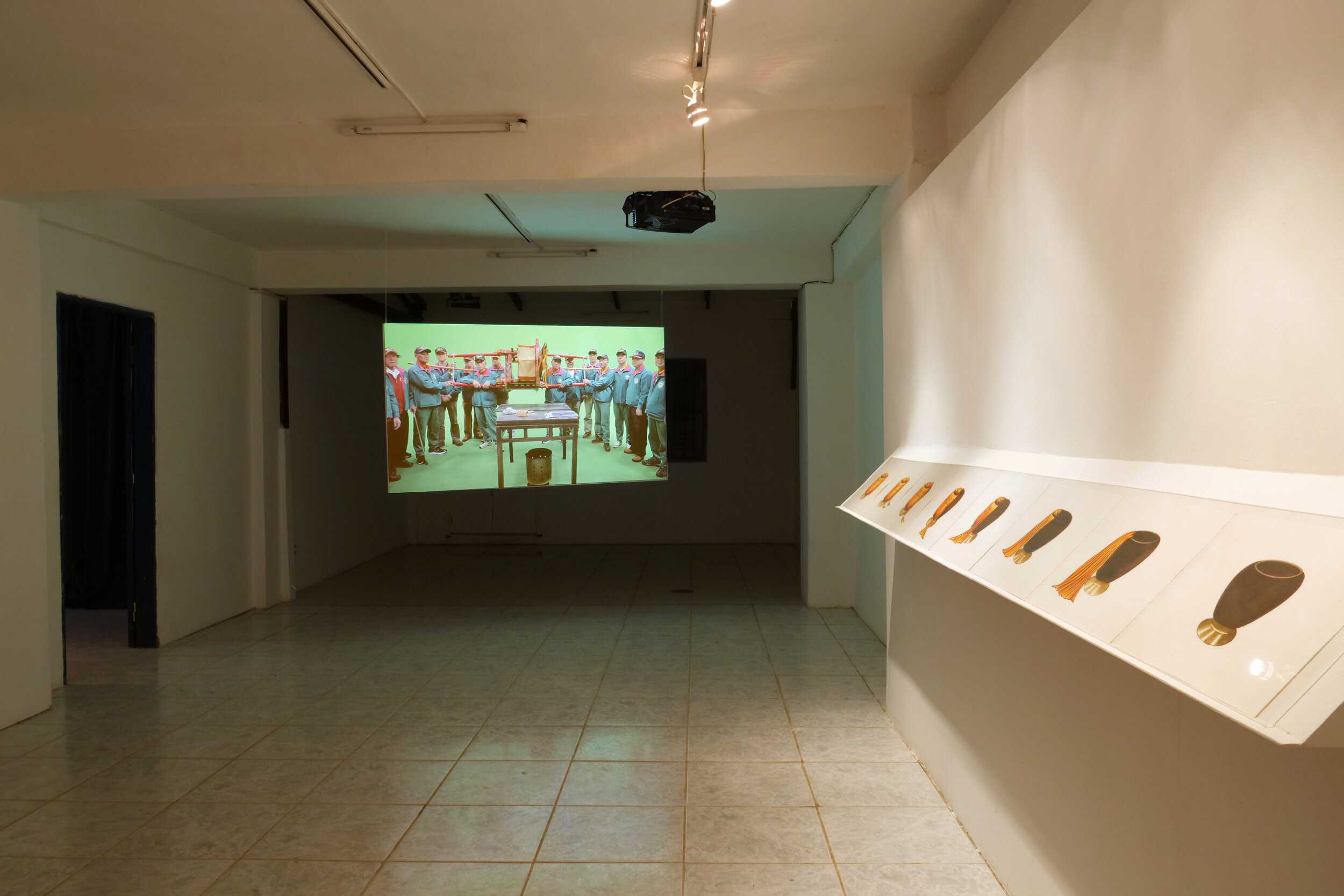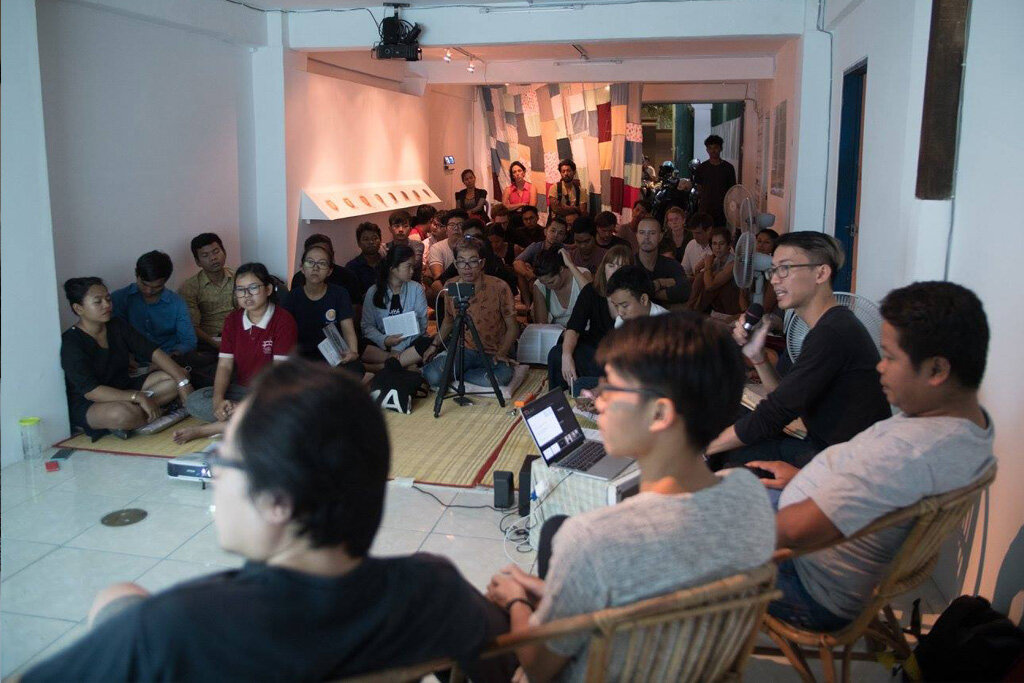
When the River Reverses
14 Sep - 12 Nov 2017
Sa Sa Art Projects
Participating artists: Chu Hao Pei, Hsu Chia-Wei, Piyarat Piyapongwiwat, Than Sok
Essay contributors: Patrick D. Flores, Thanavi Chotpradit
This exhibition is part of Condition Report, a curatorial mentoring program initiated and generously supported by Japan Foundation Asia Center.
Special thanks: Patrick D. Flores and Kyongfa Che
When the River Reverses takes environmental ecology as a means and metaphor to navigate and explore intersections of various forces. The exhibition proposes river, a mobile and fluid body, to raise issues of mobility of such forces which carry with them ideas, humans, and different kinds of resources. Yet, the reversal of the river invokes a return, a cycle, as well as a sense of contradiction of that flow. The title and the concept of the exhibition are inspired by the unique seasonal forces of Cambodia’s Tonle Sap Lake. During the rainy season, the water rises and flows into the Tonle Sap, expanding the lake and causing floods and destruction; yet it is a time when fish lay eggs. During the dry season, the water subsides and flows out of the Tonle Sap in the opposite direction, leaving behind rich soil in the surrounding region for agriculture; it is also a time when new fish are born regenerating the food supply. This natural ecology of violence and fertility is a necessary condition for sustaining lives in the region for millennia.
The exhibition takes this unique and complex phenomenon to consider a range of contemporary artistic practices that address today’s concerns in a manner that emphasises complexity and contradiction. Robert Venturi’s theorisation of complexity and contradiction (1966) also offers a guiding principle for the project. Venturi writes that he favours “richness of meaning rather than clarity of meaning; the implicit function as well as the explicit function.” The diverse artistic practices in the exhibition are, therefore, curatorially framed in a similar vein: drawing out their paradoxes and challenges, their suggestions as well as their demands. Taking up the example of the Tonle Sap Lake which floods and then recedes, flows one way and then the other, the exhibition explores multiple forces that are at once productive yet aggressive, natural and human-made ecologies that are set in motion through competing powers, and processes of confrontation and mediation.





